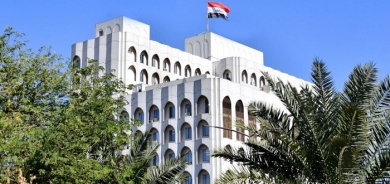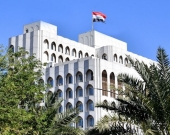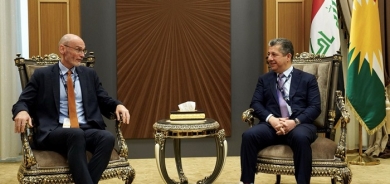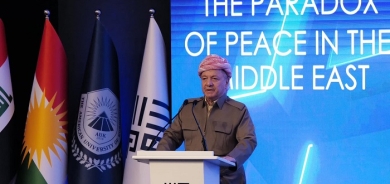Iraq Grapples with Over 2,100 Square Kilometers of Contaminated Land, Awaiting Cooperation on Mine Clearance
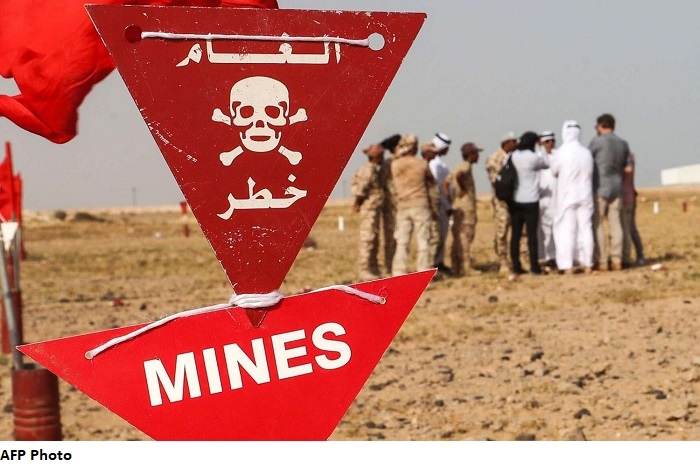
Iraq, scarred by decades of conflict, continues to confront a perilous legacy as more than 2,100 square kilometers of land remain contaminated with landmines and remnants from wars fought over the past half-century, according to Mustafa Hameed, media director at the Iraqi Directorate of Mine Action.
Of this extensive area, over 200 square kilometers are located in the Kurdistan Region. Hameed emphasized the ongoing efforts to address this critical issue, revealing that 57 percent of the contaminated land has been cleared, with a substantial portion in the southern Basra province.
In collaboration with the Kurdistan Region, Hameed announced plans to sign a memorandum of understanding and a cooperation document soon, highlighting the national responsibility of the Iraqi Directorate of Mine Action in overseeing mines across Iraq.
Lezma Fuad Sabir, media director at the Kurdistan Regional Government’s Mine Action Agency (IKMAA), reported that in the Kurdistan Region alone, 257 square kilometers of contaminated land persist, with clearance efforts initiated in 1992 for an identified 776 square kilometers.
The remnants of conflicts, spanning from the Iran-Iraq war in the 1980s to the 2014 occupation by the Islamic State (ISIS), continue to pose significant threats. According to Hameed, over 30,000 people have been killed or injured in Iraq since the commencement of de-mining operations in 2003.
Alarming statistics from a United Nations report in 2022 underscore the gravity of the situation, revealing that more than 519 children had been killed or injured in Iraq in the previous five years due to explosive ordnance. Landmines and explosive remnants of war persist as leading threats to children in the country.
Despite Iraq signing the 1997 Ottawa Treaty, a convention to ban landmines, in 2007, the journey to render the land safe remains a formidable challenge. The gravity of the situation underscores the urgency for concerted national and regional efforts to mitigate the ongoing threat and safeguard the lives of those residing in affected areas.




